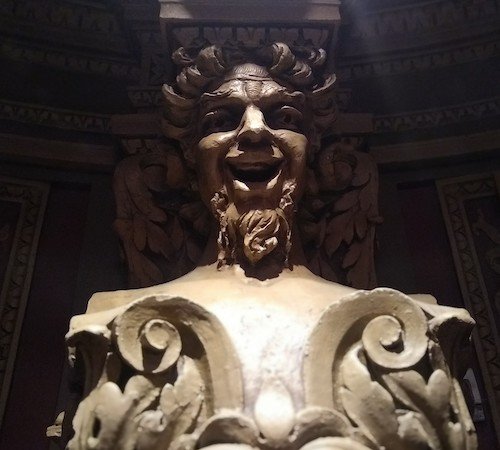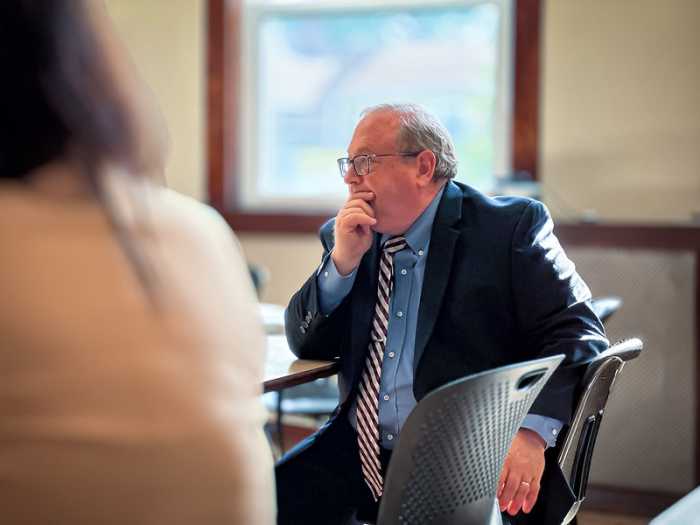The masses filed into the historically rich theater, staring at the intricately designed French Renaissance-style building. People snapped photos of the impossibly high ceilings, ruby red tapestry, and golden-laced columns. Kids gaped in awe at the palatial chambers. Little old ladies tugged at their woolen coats, fresh from the winter chill, as they made their way to their seats.
The air buzzed with excitement as the orchestral music began and dancers bounded onto the stage.
It was at once easy to forget there’s a Cookies department store and McDonald’s just outside, and imagine a revered queen getting ready to sit down for the Sunday afternoon curtain call.
A prestigious ballet company graced The Kings Theatre on Flatbush Avenue with a classic ballet, adapted from William Shakespeare’s opus play and orchestrated by Sergei Prokofiev.

Most people are well-acquainted with the ill-fated story of Romeo and Juliet, so much so that it doesn’t need to be told in words to be understood. Every exaggerated gesture and pirouette en pointe worked to convey the plot and emotion of the traveling dancers of The National Ballet Theatre of Odessa, Ukraine. The Odessa Opera Theater itself has been in operation since 1923, while Leonid Lavrovsky’s time-honored Russian ballet “Romeo and Juliet” has been a favorite among audiences since the 1930s.
The infamous couple eventually took center stage.
The part of Juliet was danced beautifully by prima ballerina, Elena Dobryanskaya, and Romeo by principal dancer, Sergey Dotsenko. Thanks to the talents of costume designer Leyla Kazaryan, they were carefully clothed in delicate, neutral whites to offset the bold and contrasting colors of their rival gangs. The Capulets were often draped in dark velvets, burgundies, and blood reds, while the Montagues pranced about in earthy green tones.
The story isn’t so much about young fools falling in first lusted sight, but love that becomes desperate under oppressive circumstances. It’s a union that wants to coexist and build together, but is ultimately pulled apart by intolerance. And lastly, it’s about families that succumb to death because neither side is willing to yield until it’s too late.
The play’s underlying political struggles between two evenly matched sides, both absolute in their perspective, are mirrored in our modern-day bipartisan democracy. In the late 1500s, Shakespeare published his euro-centric work and stumbled onto a universal truth that resonates with people of all backgrounds over 400 years later whether it be spoken or performed. Juliet’s long tresses could easily be swapped for a flowing hijab and immigrant status, and Romeo’s sword for a bible and a gun. Exchange the Capulets for Democrats. The Montagues for Republicans. Sprinkle in a ban and presidential impeachment, and boom, conflict as old as time.
It was this spirit that was captured in Odessa’s ballet. Through satiny fabrics and lighting, the soloists became elegant and quiet while moving in harmony. In contrast, and with a dramatic flair in music, the fighting family scenes exploded with raucous and combative dancing. Both styles were classic examples of the Italian precision and French expressivity that influences the Russian schools of ballet.
Back and forth the ballet went, first soft and cool, and then noisy and hot. In the end, the stage was cloaked in the slow stillness of black robes and shadows after the young lovers took their lives.
It was definitely an evening at the theater well spent.






